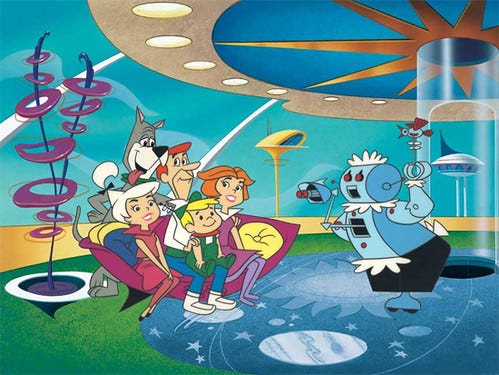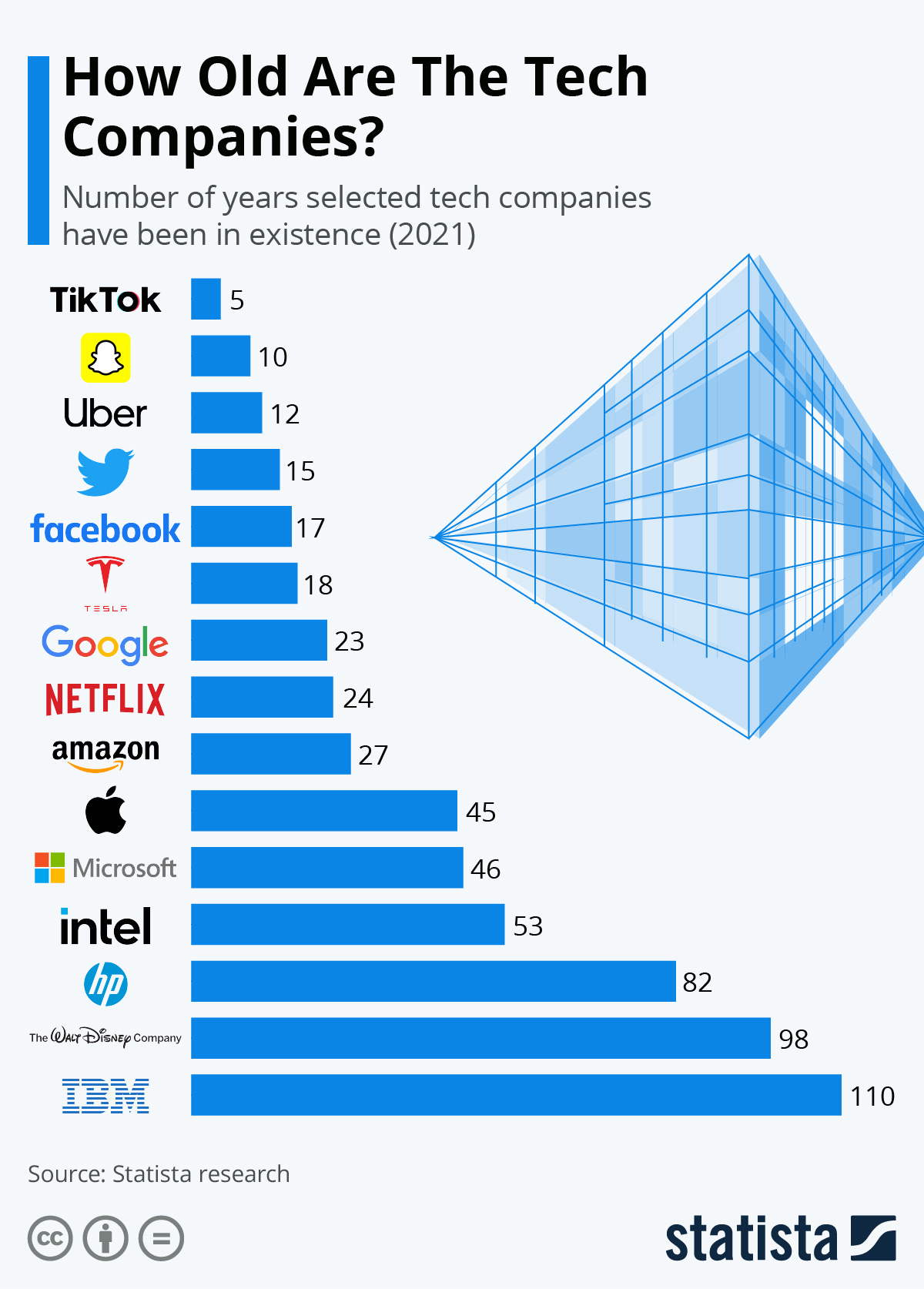“The Next Big Thing”
Big Tech has a blind spot when it comes to predicting the future of its most anticipated innovations
I fancy myself an emerging technology enthusiast. I listen to podcasts, read tech journals, and follow “futurists” and Big Tech CEOs on social media. For reasons unbeknownst to many, technology predictions often miss at an alarmingly high rate. For a society that is so tech-conscious, how can we be so bad at predicting once-in-a-generation innovations just 5 or more years out?
As a kid, I watched The Jetsons TV show which was set in 2062 (now a mere 37 years away). Good news, George Jetson is now alive and living somewhere disguised as a three year-old toddler. That early ‘60s cartoon took some big swings at predicting society 80 years in the future. You’d be surprised by how many far-fetched inventions actually came to pass.

If you’re interested, there are several great reads out there listing which technologies that The Jetsons actually got right (1, 2, 3, 4)
Fast forward to today and few technology predictions dare to venture beyond a decade. The rapid rate of innovation today can nullify a bold prediction before the ink dries on the blog post. To make matters worse, trillion-dollar companies bet hard on their predictions that one or two of their key technologies will become the “next big thing”. With billionaire CEOs and virtually limitless tech resources, why do they miss so badly on delivering core product features or overshoot the promised delivery schedule by several years?
By now, you probably have a few examples swirling about in your head (and please acknowledge that I have not mentioned any names). For the record, bad tech predictions are now so commonplace that we now greet each one with a healthy dose of skepticism.
For the precious few who can’t recall any specific examples of bad tech predictions, here are a few examples to jog your memory:
Autonomous Vehicles (Self-Driving Cars)
The internet abounds with video montages about Elon Musk’s predictions for when his car company, Tesla, will deliver full self-driving (unsupervised) vehicles. As of summer 2025, only a supervised mode of full self-driving (FSD) is commercially available with plans for limited deployments of a FSD robotaxi service.

Augmented Reality / Virtual Reality (AR/VR)
As a former simulation software developer, I recall the state of AR headsets and simulation integration technology used for joint military combat training more than 25 years ago. Even with a huge boost from the gaming community, the commercial AR/VR market has been stuck in neutral for a very long time.

A recent review of the leading commercial AR gear makes it clear that this industry still needs to stay in the oven for another decade or so.
Space Travel
This one is a real head-scratcher. Back in the 60s, NASA was sending humans into orbit or to the Moon a few times every year. After a 50-year break from visiting the Moon, NASA is preparing for a crewed flight back to the Moon.
Not to harp on Elon Musk but his predictions that SpaceX’s Starship will venture to Mars by the end of next year and will transport a human crew to Mars starting in 2029 is already looking laughable.

But Why?
Many tech predictions are a mix of optimism and marketing. First, let’s address the unbridled optimism. History is littered with software developers who have woefully misjudged how long a simple code fix will take. Likewise, managers make matter worse by throwing resources at doomed projects hoping to speed up delivery. Consequently, tech predictions from objective, third-parties will more likely be tethered to reality than promises from those close to the fire.
The marketing aspect is an interesting one (note: legal teams can also wield a non-trivial degree of influence here). Companies in dire financial straits or losing ground to a strong up-and-comer may be more open to collecting “style” points when “substance” is running behind schedule or over budget. In these situations, the voice of the marketing team certainly carries greater weight in the boardroom.
Unfortunately, there’s little that can be done in these situations when the lead decision-maker anticipates an unpleasant reaction by shareholders or customers. Nonetheless, communicating problems early and practicing agile project management methods may be enough to stave off an outright coup by your marketing team.
Conclusion
Many of our futurists’ bold tech predictions are well-intentioned and we should expect a fair share to be misfires. Certainly, it is fair to expect five-year outlooks to come with high fidelity and accuracy when compared to a 10- or 15-year outlook. A quick look at the ages of the top tech companies along with the COVID-era expansion of the gig economy are proof enough that technologies and economies can transform drastically within a five-year period.

Thus, we can conclude that it is unlikely that tech predictions will improve in the near future. The better response is to treat every prediction as a teaser trailer for an upcoming movie. Why? Because movie trailers are designed to promote a movie which, more often than not, will entertain us but fail to deliver on its hype.
— DLD ✌🏾





